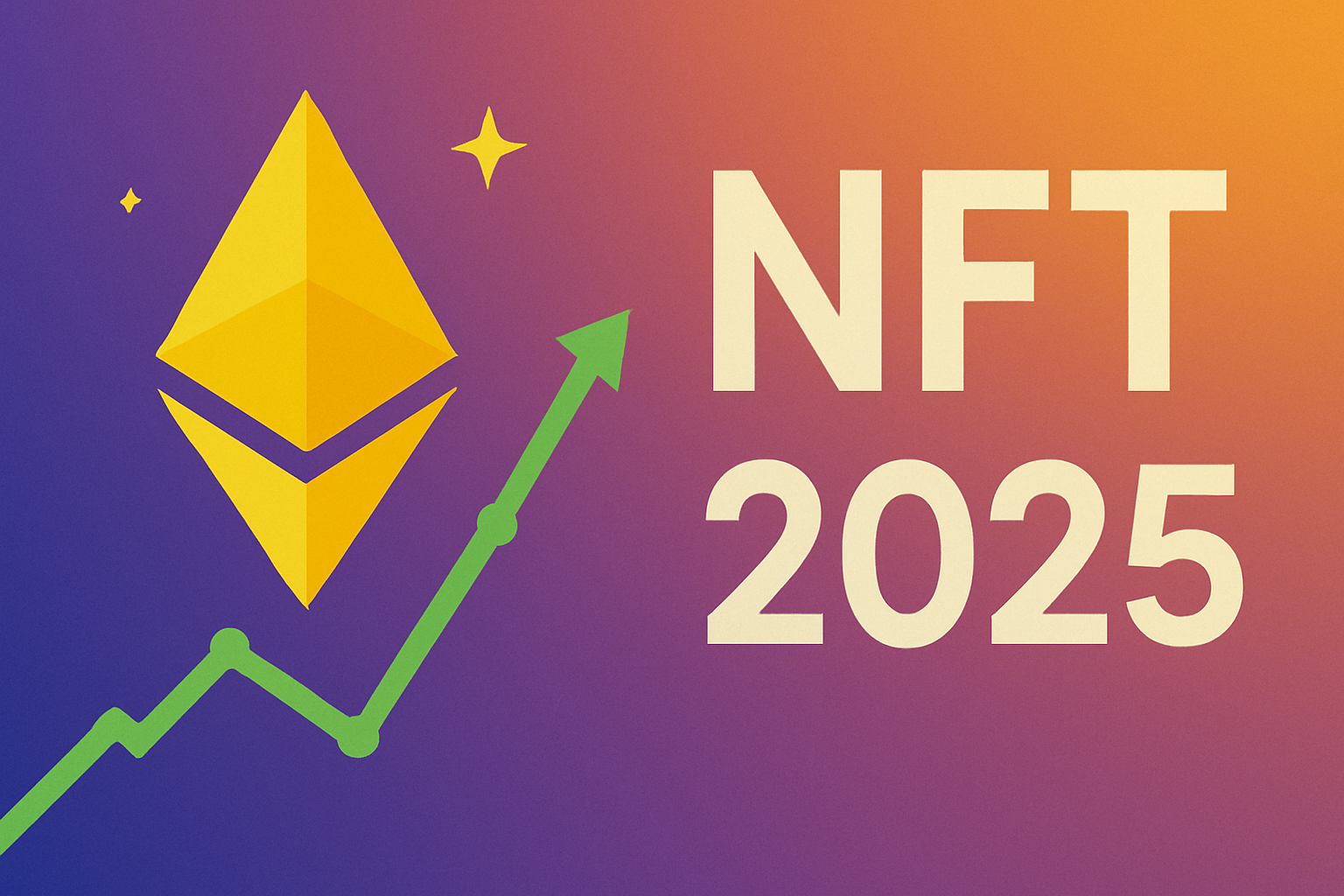Coin News
The Correlation between Cryptocurrencies and Other Assets
Volatility has returned to the capital markets. The Russian invasion of Ukraine has generated adverse market conditions for riskier assets such as stocks and catapulted commodity prices to new highs. Investors have looked for safe-haven investments to hide their capital, such as gold, the U.S. dollar, and the U.S. Treasuries. During these periods of uncertainty, investors want part of their allocation to be in assets that are uncorrelated to one another. Online trading of a diversified portfolio with uncorrelated assets may perform better than one singularly focused, especially when volatility hits.
What is Correlation?
The demand for uncorrelated assets seems to be most in vogue during volatile equity markets. Correlation is a statistical term that measures the degree to which two or more assets move in tandem. The best way to measure correlation is to look at the returns of two investments. You can measure correlation using the correlation coefficient. The coefficient ranges between 1 and -1. A coefficient of 1 means that two assets move in tandem perfectly. A coefficient of -1 means that two assets move in opposite directions. A zero correlation implies that the assets you are evaluating do not have any recognizable relationship related to the movements of their returns.
Are Cryptocurrencies Correlated to Stock Prices?
Many investors have equities as part of their portfolios and look for uncorrelated assets like stocks to diversify their portfolios. Between 2017 and 2019, Bitcoin, the most widely traded cryptocurrency, correlated with the S&P 500 index close to zero. In 2022, the correlation between Bitcoin and the S&P 500 index increased to 0.35. The change in the correlation between Bitcoin and the S&P 500 index would be okay if equity prices rose. Unfortunately, the difference in the correlation between Bitcoin and the S&P 500 came when equity prices fell.
If you had planned to use cryptocurrencies to offset any adverse movements in stock prices, then the increase in the correlation is not what you want to see. Unfortunately, during adverse market conditions, this scenario can happen occasionally.
Correlation to Gold
Another haven that is often used to diversify online trading is gold. Gold has been used to allocate smooth returns when adverse market conditions occur. The correlation between gold prices and Bitcoin is likely smaller than you think. At the end of 2021, the correlation between gold and Bitcoin was only 24%. You might have expected this correlation to be higher, as both assets are considered a store of value, mainly when adverse market conditions occur.
The Dollar and Bonds
Most cryptocurrencies are priced in U.S. dollars but can also be quoted in other currencies. If cryptocurrencies are quoted in dollars, then the online trading of that product is generally negatively correlated to the exchange rate of the U.S. dollar. Cryptocurrencies are also uncorrelated to bond prices. In some circumstances, bonds and the dollar become safe-haven assets and rise when stock prices fall.
Are Cryptocurrencies Correlated to Each Other?
Amongst cryptocurrencies such as Bitcoin, Ether, and Litecoin, the correlation of the online trading of these assets is on and off. Bitcoin is usually the driver of the sector, but more recently, there has been more of a focus on how individual coins trade. For example, even as Bitcoin fell in 2018, Ether prices rose to new heights. When they first begin to experience online trading, many other smaller coins may have movements that are not correlated to the sector as a whole.
The Bottom Line
Cryptocurrencies are an asset class generally used as a store of value. While you can use cryptocurrencies to pay for goods and services, many investors use cryptocurrencies to diversify their portfolios. Some traders consider using cryptocurrencies because they historically are uncorrelated to the movements of stocks and bonds. Correlation is a statistical term that describes whether returns of one asset move in tandem with the returns of other investments.
A correlation of 1 means perfect correlation, while a correlation coefficient of -1 implies that the two assets move in the opposite direction. A correlation of zero means that two assets have no observable movements in common. Historically, cryptocurrency has had a small correlation to stocks, bonds, and gold. The correlation seemed to pick up in January 2022, when adverse market conditions started to push stocks lower. Owning an asset that is uncorrelated to the movements of your portfolio should protect you when volatility rises, and market conditions increase to levels that create wild swings in the returns of your portfolio. By owning cryptocurrencies or other uncorrelated assets, you may protect yourself from one-directional movements in your investments.











